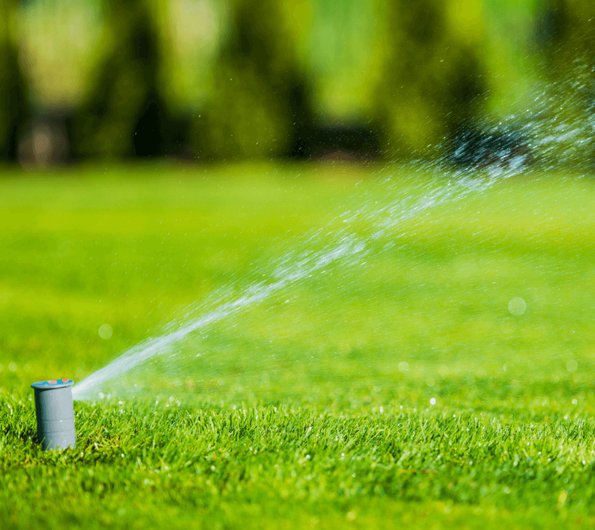Introduction
Check for Freezing Temperatures
Before activating your sprinkler system, verify there are no impending freezing temperatures in the forecast. A hard freeze can cause damage to sprinkler heads and underground pipes. In Idaho, it's generally safe to turn on the system by early
to mid-March.
Gather Necessary Tools and Supplies
Before starting, collect essential tools and supplies, including a flat head screwdriver, small channel locks, sprinkler head adjustment tools, a shovel or hand trowel, Teflon tape, and batteries for a battery-operated controller.
Visual Inspection
Begin with a visual inspection of your entire sprinkler system. Identify and address any visible damage such as broken pipes, damaged sprinkler heads, or leaks before proceeding.
Turn on Main Water Supply
Turn on the main water supply valve gradually to ensure a controlled flow and prevent water hammer and system stress.
Inspect Backflow Preventer
Inspect the backflow preventer for damage or debris. If winterized, close any open test cocks and replace removed drain plugs.
Gradual Pressure Increase
Open the main valve slowly to gradually increase water pressure, preventing damage to pipes and components.
Power Up Controller
Turn on the power to your sprinkler system controller. Ensure accurate date, time, and programming display.
Confirm Controller Settings
Verify that controller settings, including watering days, start times, and duration, align with your seasonal watering needs.
Manual Zone Test
Run a manual test for each irrigation zone to check sprinkler head functioning and coverage. Adjust or replace malfunctioning components as needed.
Check Drip Irrigation
For drip irrigation, inspect emitters, tubing, and filters for clogs. Clean or replace components accordingly.
Inspect and Adjust Sprinkler Heads
Inspect and adjust the angle and range of each sprinkler head to ensure proper coverage and minimize overspray.
Monitor for Leaks
Keep an eye out for signs of leaks during system operation. Address leaks promptly to prevent water wastage and damage.
Calibrate Rain Sensor (if applicable)
Check and calibrate the rain sensor to ensure accurate detection of rainfall and prevent unnecessary watering.
Adjust Watering Schedule
Modify the watering schedule based on seasonal needs. Spring may require less frequent watering than summer.
Consider Fertilization and Mulching
Apply fertilizer and mulch to your lawn and garden beds to promote healthy growth and water retention.
Observe Complete Watering Cycles
After starting up the system, observe it for a few complete watering cycles to ensure consistent and reliable operation.
Additional Notes:
● Uncovered Sprinkler Heads: If a pool of water forms during inspection, there might be a buried sprinkler head. Use a shovel or hand trowel to uncover it.
● Low Water Pressure: Identify any leaks or kinks in your system if you are experiencing low water pressure.
● Malfunctioning Zones: If a zone isn’t functioning correctly, check the corresponding valve or solenoid. It is likely that you are experiencing an electrical issue.

If you encounter concerns, troubleshooting issues, leaks, or time constraints, contact Everything Irrigation for expert assistance. We are dedicated to being an integral part of the beginning of your irrigation season.

